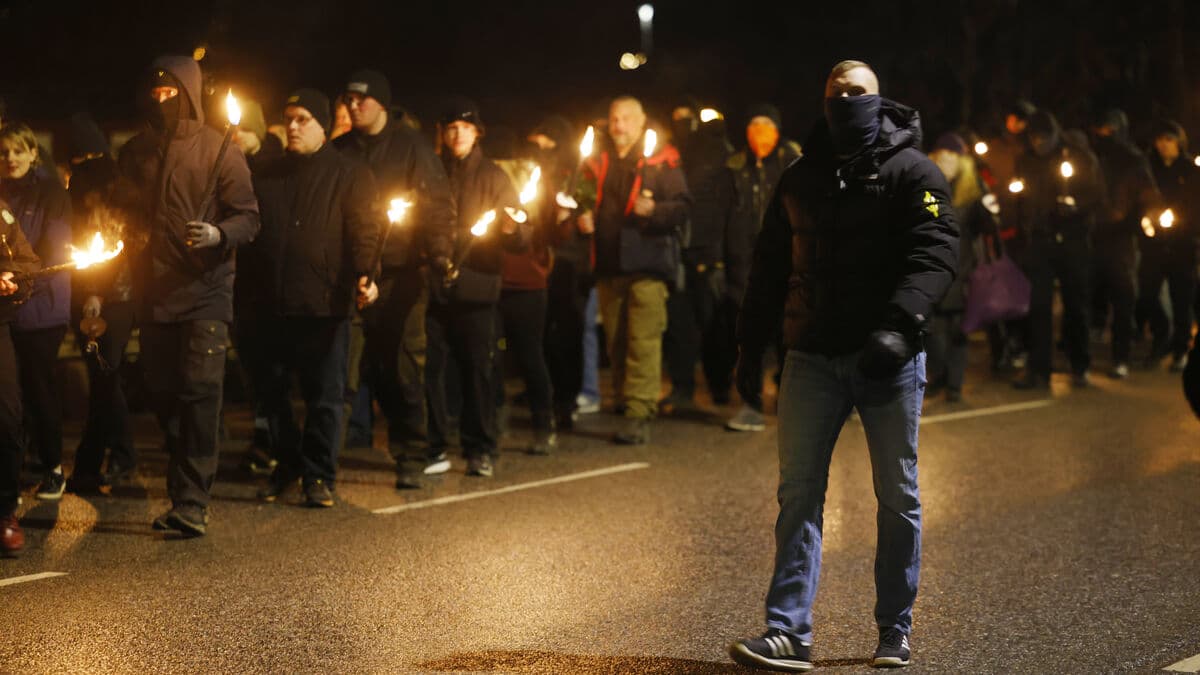The researchers have compared the 20 municipalities with the largest increase in violent crimes between 2000 and 2020 with the 20 municipalities where the negative development has been the smallest and looked at the proportion of immigrants in the 40 municipalities.
There is little or no connection between the proportion of immigrants in a municipality and reported violent crimes, says Amber Beckley, associate professor of criminology at Örebro University and one of the authors, to Ekot.
More decisive factors are, according to the researchers, the population's level of education and how many are employed.
The study covers people who have immigrated to Sweden. Asylum seekers and second-generation immigrants – a group where the largest proportion of crime suspects is found, according to an earlier study from the Crime Prevention Council are not included.
We have not checked on second-generation immigrants, so we do not know how their proportion in the municipality affects violent crimes, says Beckley.





